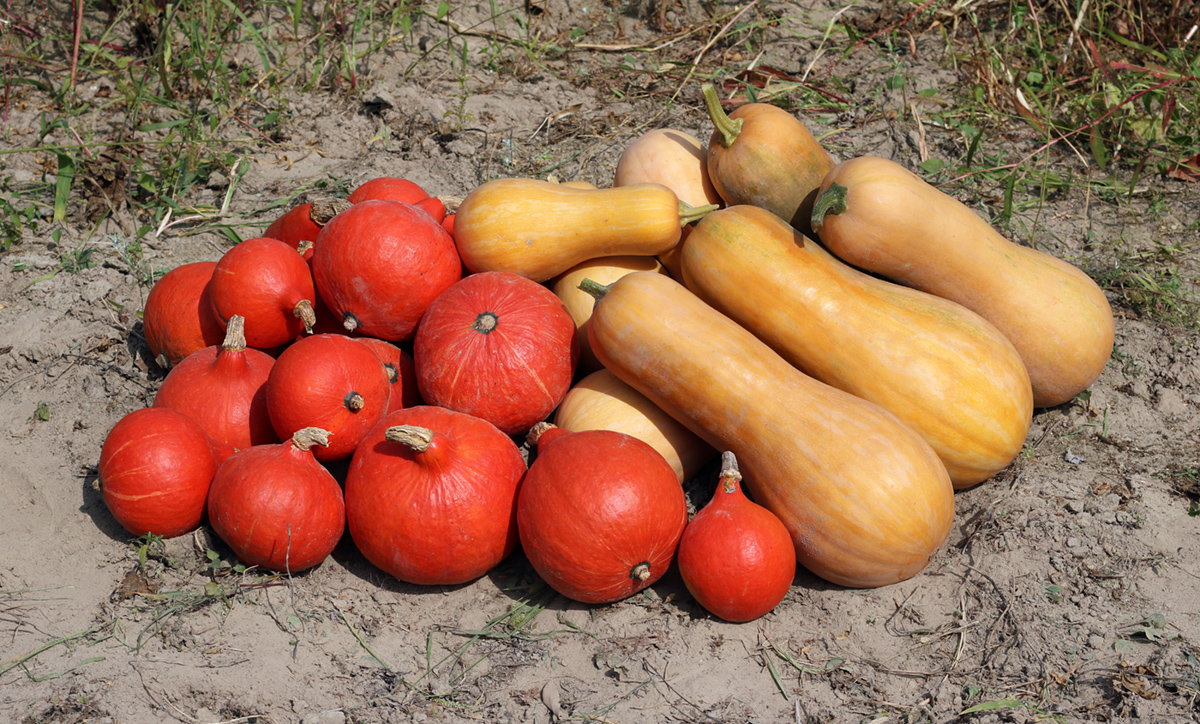
Bright and colorful fruits and vegetables in the plate are a true delight for the senses. However, combining foods of different colors is not only aesthetically appealing, but also necessary to maintain proper health. Some of the experts even believe that combining different colors through a diet is crucial to good immunity. The phytonutrients are nutrients which are typically found in edible plants, especially colorful fruits and vegetables, and they are known to provide certain health benefits to the cardiovascular system and immune system. According to the theory of phytonutrients, foods of different color provide different health benefits. Therefore, the only way to enjoy full benefits from healthy diet; one should combine foods of different colors on the plate. Let us see what kinds of benefits are associated with each color.
Red foods
Foods with different shades of red, such as tomatoes, guava, papaya, red carrots, and watermelons, contain large amounts of lycopene. Lycopene is a bright red carotene and carotenoid pigment. Lycopene is considered a possible agent for prevention of some types of cancers, above all prostate cancer. Lycopene is also an antioxidant, able to protect the cells from hazardous effects of free radicals.
Orange foods
Orange color in foods is due to the presence of beta-carotene. Beta carotene is an organic compound which is abundant in plants and fruits. It is most commonly found in carrots, yams, mangoes and papayas, apricots, pumpkins, and sweet potatoes. Beta-carotene protects the eye sight, helps with different skin disorders, boosts the immunity, protects against toxins, inhibits cancer formations and helps to get rid of colds, flu and persistent infections. Moreover, it helps keeping the mental freshness and memory from the age-related decline.
Green foods
Green foods are loaded with lutein and zeaxanthin, two important nutrients. However, some of the green vegetables, such as such as spinach, kale, sweet potato leaves, and sweet gourd leaves, also contain considerable amounts of beta-carotene. Lutein and zeaxanthin can help to reduce the risk of cataracts in old age, the risk of heart disease, and other cholesterol related ailments.
Purple foods
Purple foods contain anthocyanins, water-soluble vacuolar pigments that may appear red, purple, or blue. Anthocyanins belong to a family of flavonoids, and they are the most abundant in blueberry, cranberry, bilberry, black raspberry, red raspberry, blackberry, and also in the vine. These compounds may prevent the tumor growth and due to their anti-inflammatory properties, reduce the arthritis related pain or protect against the heart disease.
Brown foods
Beans are the most common brown foods and excellent source of vitamin B, especially folate. Foods such as lentils, black beans and chickpeas may help to prevent damage to the arteries and lower the risk of heart disease, heart attack, and stroke. Vitamin B is also great for the nerves while the fiber from brown foods promotes proper digestion.

















Your thoughts on this
Loading...